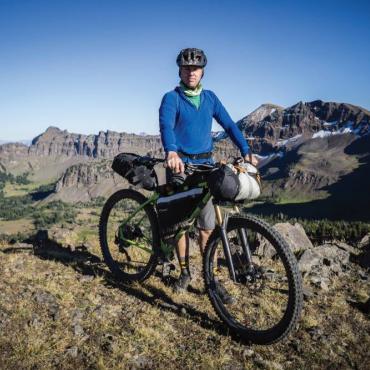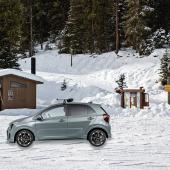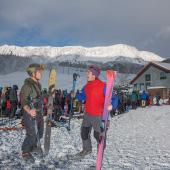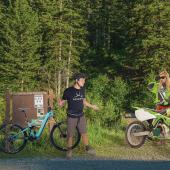Face-Off: Absaroka-Beartooth Wilderness vs. Bob Marshall Wilderness
A showdown of Montana's best wilderness areas.
Wilderness is big and wild—untamed earth spanning space between populations and providing a place for us to reconnect with our lost landscapes. When the time comes to retreat into to the wild and live with the twigs, berries, and bears, which area has the goods? Let’s find out as these two mammoth tracts of land face off to see who has the wildest wilds and most picturesque peaks.
Namesake
The Crow Indians, who called themselves Absarokas, laid claim to much of the mountainous terrain that make up this rugged southwest Montana territory, and their name lives on as a result. The Bob is named after Bob Marshall, an early forester, conservationist, and co-founder of the Wilderness Society. While his incredible accolades earned him an eternal likeness in the form of a giant wilderness area—something seemingly impossible today—a guy in a suit is no match for generations spent living under the shadow of mountains.
Edge: Absaroka
Size
Holy shit: the Absaroka-Beartooth Wilderness comes in just under a whopping one million acres of terrain—but the Bob is still bigger at over a million and change. Consider the entire Bob Marshall Wilderness complex, which houses the surrounding Great Bear and Scapegoat Wilderness areas, and it expands to over 1.5 million, making the Bob the bigger brother.
Edge: The Bob
Terrain
The Bob Marshall Wilderness has one of the most completely preserved ecosystems in the Lower 48. While that is pretty incredible, the A/B, which is part of the Greater Yellowstone Ecosystem, encompasses the tallest peak in Montana, Granite Peak, as well as the next 40 tallest peaks in the state. It also has over 300 pristine alpine lakes, active glaciers, and loads of rugged landscape everywhere in between. When it comes to terrain, we’re staying home.
Edge: Absaroka
Scenery
It’s in the eye of the beholder, but when the beholder is gawking at the Bob’s 1000-foot tall, 22-mile-long Chinese Wall, it’s nothing short of breathtaking. The Absaroka holds endless peaks, high alpine plateaus, alpine lakes, and may be the Alps of southwest Montana—but when it comes to the view, there’s just something about the Bob that keeps our jaws on the floor.
Edge: The Bob
Access
The Absaroka-Beartooth has vast plateaus and enough alpine lakes for a lifetime of exploration, but sometimes this giant block of wilderness can be hard to get into. The Bob has over 1,000 miles of trails and numerous access points on either side of the wilderness from many towns along the way. Maybe it’s all for the better, but when it comes to getting in, the Bob is just easier.
Edge: The Bob
Crowds
You probably won’t make it very far in the Bob Marshall without coming across a horse or a person—with a bigger reputation comes more people. Numerous outfitters, droves of rafters, and hoards of hikers: there’s no shortage of civilized inhabitants. We don’t take kindly to crowds, so we’ll gladly accept difficult access and highly unpredictable weather if it means being left the hell alone.
Edge: Absaroka
Flora & Fauna
With its prime habitat, the Bob houses one of the densest grizzly-bear habitats in the Lower 48. But over 400 species of plants have been discovered within the Absaroka, making it one of the most biologically unique areas in North America. And while we may not have the high numbers, bears still roam free throughout the abundant flora of the A/B and they love it just the same.
Edge: Absaroka
Score: 4 to 3
Winner: Absaroka-Beartooth Wilderness
After all that, we just want to get outside. While both Wilderness areas seem larger then life, the score must be settled—and it just so happens that the nearby Absaroka-Beartooth ended up on top this time.














